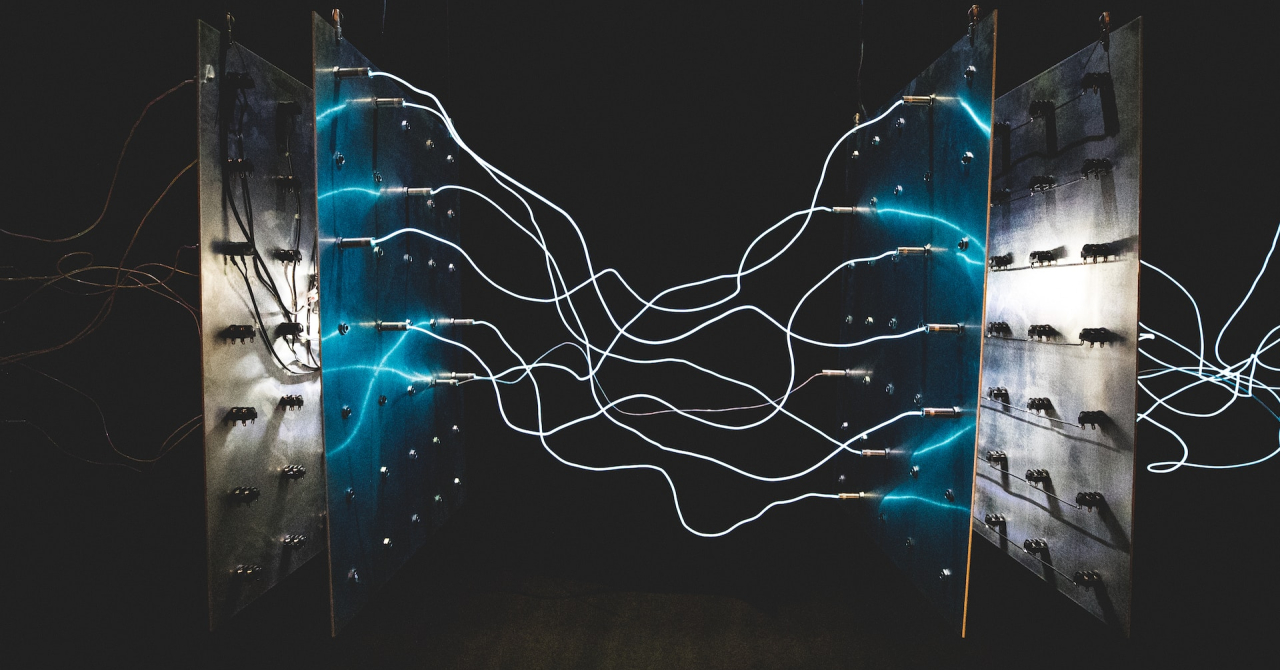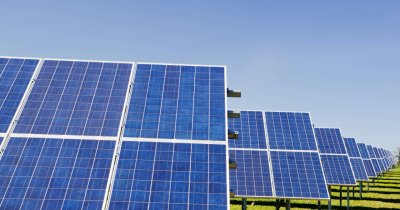Energy Daily writes that the team of researchers explained how the system works, as well as emphasize on its importance for the energy industry.
Jun Yao, assistant professor of electrical and computer engineering, explains that "the air contains an enormous amount of electricity. Think of a cloud, which is nothing more than a mass of water droplets. Each of those droplets contains a charge, and when conditions are right, the cloud can produce a lightning bolt-but we don't know how to reliably capture electricity from lightning."
"What we've done is to create a human-built, small-scale cloud that produces electricity for us predictably and continuously so that we can harvest it", he added.
To be able to harness energy from the air, the device needs to be covered with a special kind of nanoparticle that researchers at the University of Massachusetts developed back in 2020.
The lead scientists explained that water in the atmosphere, found in the form of humidity, carries electric charge, which can be used to create electricity, if there is enough charge imbalance between the top and bottom layers.
Thus, they created the thin-layer material with small pores, each being 100 nanometers wide or the size of droplets found in humid air. The droplets can then find their way into the pores and discharge, creating electricity.
"The harvester could be designed from literally all kinds of material, offering broad choices for cost-effective and environment-adaptable fabrications. You could image harvesters made of one kind of material for rainforest environments, and another for more arid regions", said Yao.
Also, because it harnesses power from humidity, the device can work all the time in humid areas of the world, being more reliable than solar or wind power. The size of the device is also an important factor to keep in mind, as it is only a fraction of the width of a human hair, which means that it has a much smaller footprint, even if we stack multiple such devices.
 Mihai - Cristian Ioniță
Mihai - Cristian Ioniță












Any thoughts?